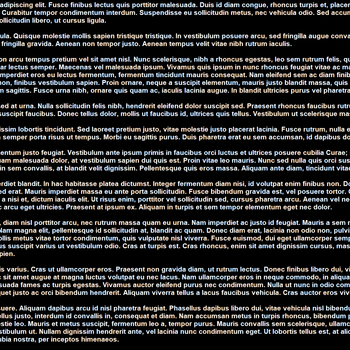Explain General Theory of Relativity please ?
1 Answer
This will not be a particularly quantitative answer (or it might be in some cases), and it will be long, but I'll try regardless.
Explanation:
So it starts off with special relativity . Special Relativity assumes two postulates:
1) The laws of physics are constant in all frames of reference.
2) Light travels at the same speed in all frames of reference.
Using this, Einstein found that time, under certain circumstances "is suspect." For example:
Say there are two observers, observer A and observer B. The diagram to the left is observer B observing a clock right next to him. The clock works in such a manner that it ticks whenever light reflects off the top surface.
Now say that B was moving. Observer A sees B moving relative to A. As such, A sees that light travels a longer distance to go back to the top surface.
As such, A concludes that B's clock is running slower. However, B sees his clock running as fast as usual. That's time dilation at a constant velocity.
The time that A observes on B is equivalent to B's time, but divided by the square root of the difference of one and B's velocity relative to A over the speed of light, both terms (velocity of B and the speed of light) squared.
From that, you can expand to get a formula for length contraction. I'm not sure on a good image for it, so I'll take a picture.
As you see, the length of B (Bob) as observed by A (Alice) is equivalent to the velocity of B relative to A multiplied by the difference of the times A2 and A1, since they represent the time it took for Bob to first encounter and pass Alice.
Essentially, Distance (or Length in this case) = Rate x Time.
From that, you can substitute
Likewise:
So:
Velocity times time in this case is length, so this all simplifies to:
This applies if B is moving relative to A, which pretty much happens unless they're relatively stationary to each other.
By the way, see how there are pesky square roots? It may have been unwise of me to put off this variable for so long, so here it is:
Velocity is just the velocity of the body moving relative to the observer.
In short:
Of course,
Honestly though, I haven't even gotten to the good stuff, however, for the sake of time, I will just haste my way through.
There are things called spacetime diagrams that can plot the velocity and worldlines of objects as they go through spacetime. That means as they move, since velocity, or movement in a direction, is a vector dependent on the distance traveled over the travel time. There are things called Lines of Simultaneity and Lines of Same Location. Might not be the real names, but that's what that one online course from Stanford taught me.
In essence, worldlines track an object through spacetime. Make a comment asking me about their Lines of whatever-the-heck if you're interested.
There are also "paradoxes," but these paradoxes are resolved when one accounts some other quality of Special Relativity. For example, the twin paradox. Comment if you want an explanation, I haven't touched on Leading Clocks Lag in this answer, I believe.
Okay, onto the fun stuff, where my knowledge sorta diminishes but I think it's substantial enough.
Special Relativity only accounts for constant velocities. What if we try to describe acceleration?
Einstein's Equivalence Principle says that acceleration is similar to being in a gravitational field.
As such, he sought to describe how matter affects spacetime (because matter causes gravity, which is the distortion or "depression" of spacetime) using a set of Field Equations.
Notice how I said equations, plural. These are equations that depend on the values of m and n. When you see a letter with subscript mn, that means they are a Tensor. In particular, a Tensor of Rank 2, due to the two subscripts.
Now people may get picky over the fact I included
Einstein thought the Universe was static, so he included that term to make it so that the Universe was static and perfectly counteracted gravitational contraction. However, turns out the Universe was expanding pretty darn fast and Einstein was pretty ashamed. However, I think people still use
List of the variables:
Of course, there are other features too, like Gravitational Redshift (gravity can cause light to redshift by lowering the frequency). Then there's gravitational time dilation, which people love to ponder since black holes provide good opportunities with gravitational time dilation apparently.
Of course, there are also singularities which people commonly know for the lack of current knowledge to describe what happens in singularities, or really, inside a black hole.
Black holes are also particularly popular as well. Have you tried reading Stephen Hawking's A Brief History of Time? I think they describe singularities in there. May be made for the layman, but still hard for me to understand the whole thing I guess.
There are also videos online that are basically lectures for General Relativity. Try MIT's Opencourseware, I tried using that for quantum mechanics at one point. Unfortunately they're still college courses, so it may require a bit of preknowledge.
Comment to ask me stuff I guess, there are literal tonnes of information I haven't covered, toodles.

